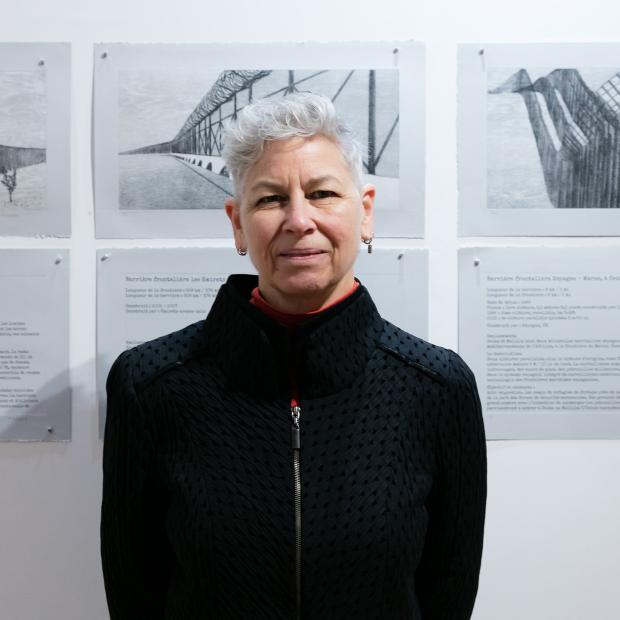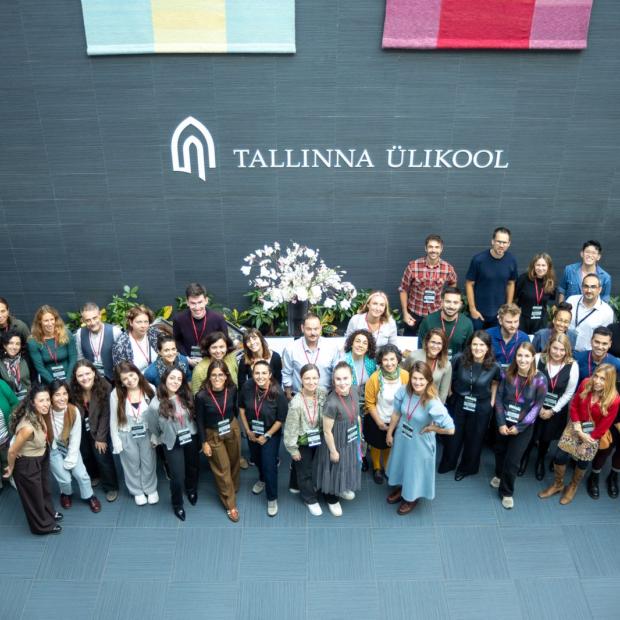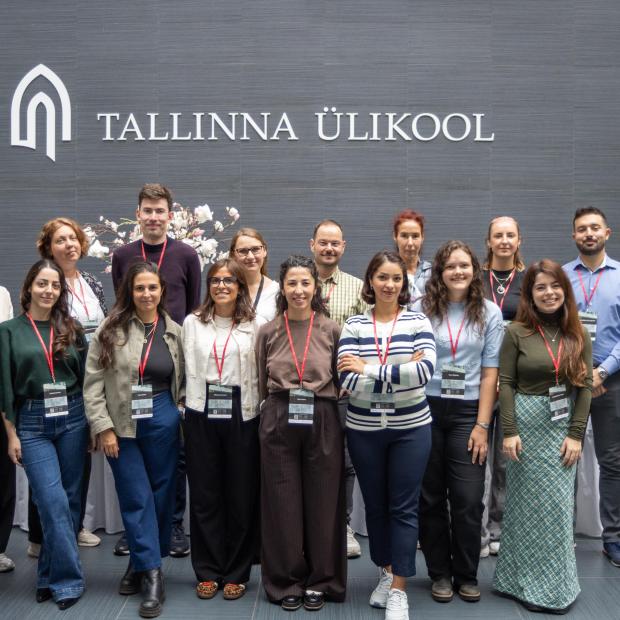Inna Alieksieieva: Inspiring Journey to Intercultural Collaboration
Being a first year student means meeting new interesting, motivated people and friends. Well, several months ago I started my inspiring journey to intercultural collaboration. I got lucky figure “three” and ended up with an awesome company of people, who were my group.
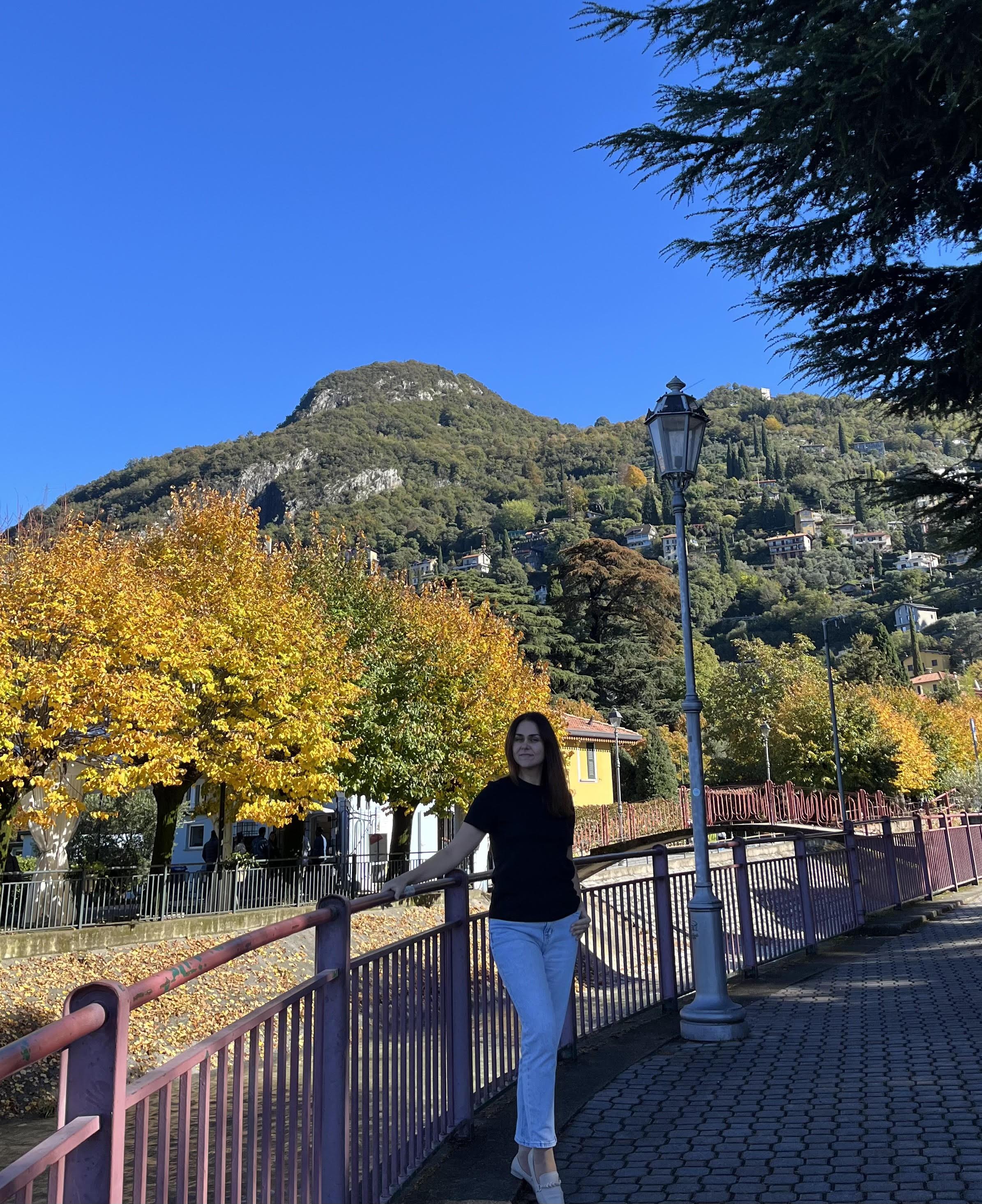
Reflecting on how everything started I must admit that no one felt awkward or out of place. I vividly remember Gaby. She was the one who started our conversation. She is so outgoing with a wide smile on her face. Lena is extremely responsible and as we found out the only person in our group who knows only one language - English. David is the youngest member; I remember his sense of humour. Moreover, Zain, I am always with him! We are in the same course at Tallinn University; we are in the groups in different subjects. A nice person who does not speak a lot, only sharing necessary things, and is always ready to help.
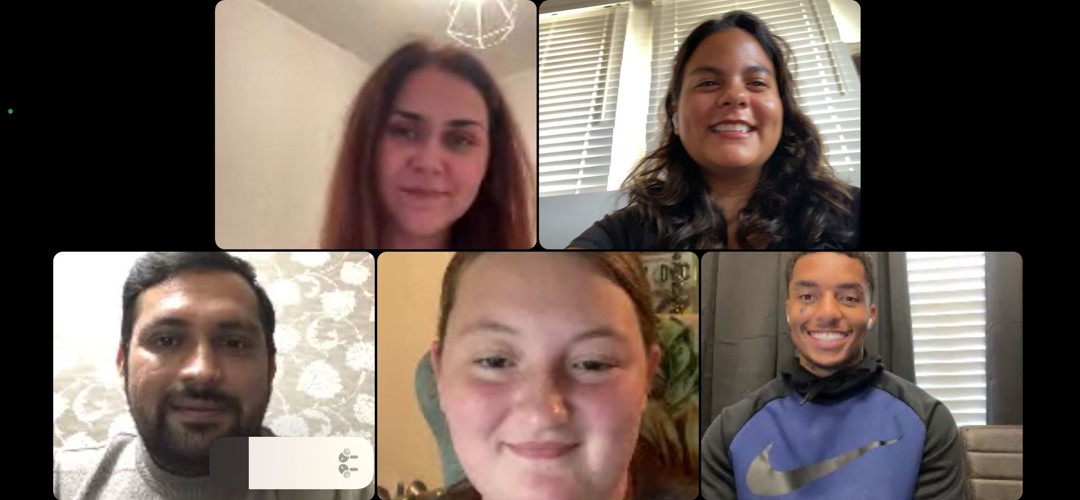
We all are initially different because of our origin, but all of us have the same goal to be successful in an intercultural communication course. I can say with conviction that having common objectives or interests’ helps to bridge cultures, and gets humans to become aware of cultural diversity. As it turned out some of us have a low cultural context but some have high. Knowing this phenomenon and taking it into account reveals many secrets in communication and helps to avoid disinformation.
There are tons of interesting and important things that people, especially those dealing with cultural diversity, should know. Power distance and uncertainty avoidance are dimensions of culture, which appeal to me, personally. Power distance is something each of us deal with on a daily basis. When we study, work, visit state institutions we know norms of behavior in our culture, but one cannot even consider various attitudes towards people who we subordinate. Uncertainty avoidance is necessary to be familiar with even travelers.
We as a group took into account the knowledge given in our lectures before, which was helpful in creating a warm and friendly atmosphere in our meetings. I appreciate having the opportunity to collaborate with my group “3”. Firstly, I met new friends. We have a group on WhatsApp, and we keep in touch. Secondly, it was a positive experience to try, even to feel communication with diverse cultures. I could implement theory in a real situation; I could watch genuine people's behavior and impose my knowledge on reality. Well, I would definitely say the collaboration was beneficial in terms of my own intercultural communication awareness. After which I am confident to have meetings or other collaborations with different cultures.
I have had the experience of working with people of different cultures. Communication was not that difficult without proper knowledge of theory, but was obscure enough. Most people use their intuition and their observations in intercultural communication which so too is helpful. Nevertheless, once you want to become a professional you cannot neglect theoretical knowledge implemented in real life communication.
Therefore, long story short, intercultural communication is not that easy as you may think! It is not only about communication. It is about cultural awareness, respect, understanding, something that is weird for your culture might be priceless for others. It is about conflict that you can avoid, it is about support and even belief in other people.
Finally, I want to express my gratitude to both, Professor Anastassia Zabrodskaja and Professor Sara Kim (University of Louisiana Monroe) for providing this exceptional Telecollaboration opportunity.
